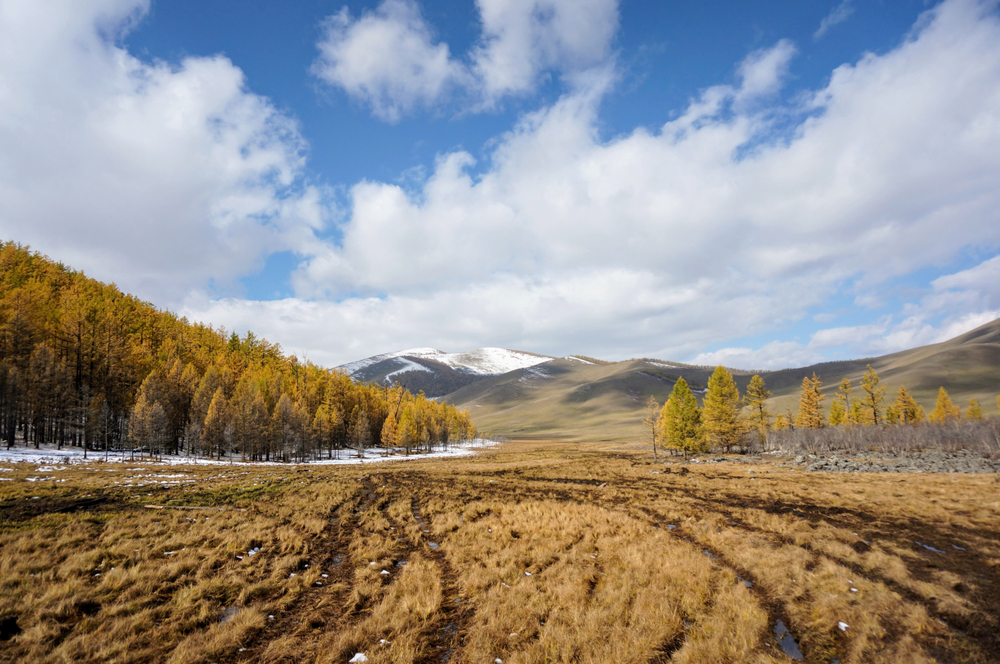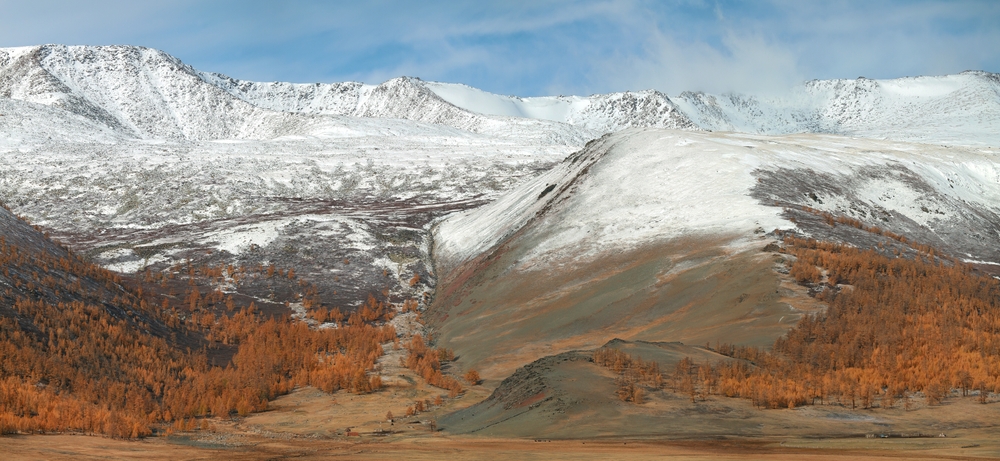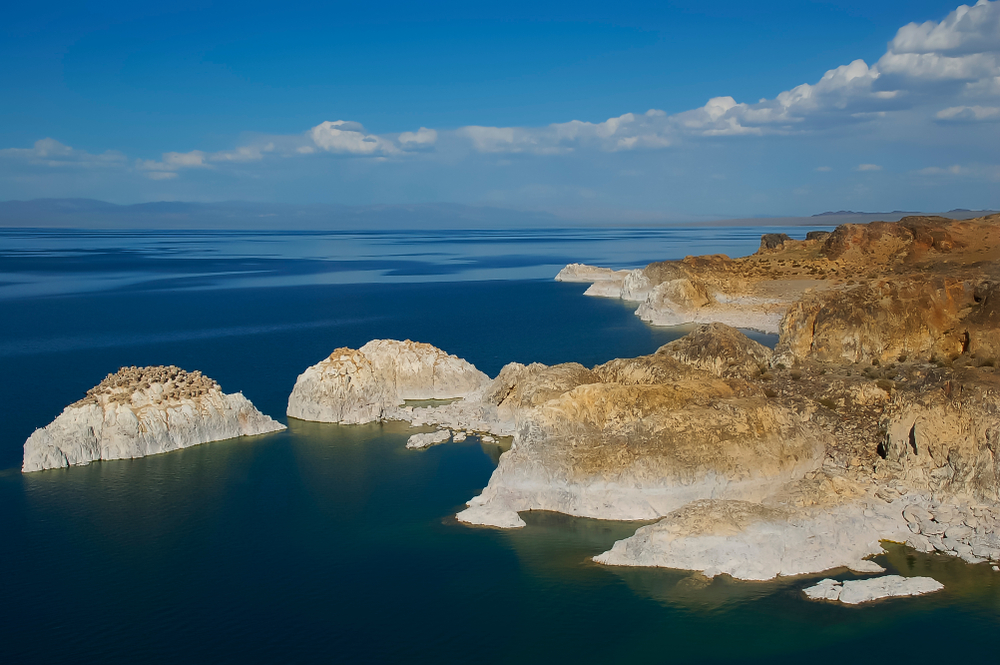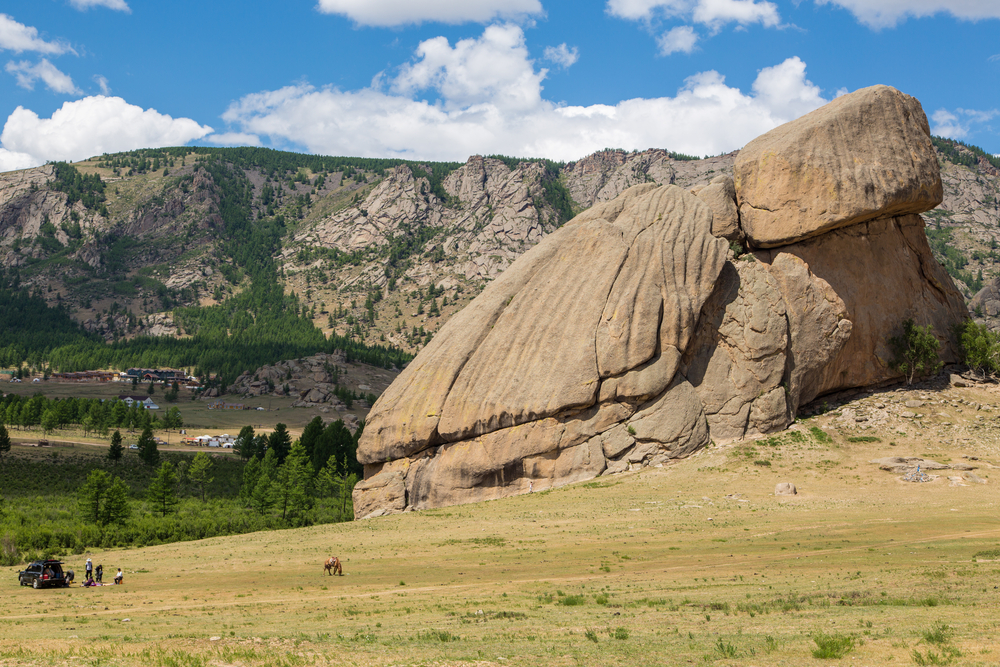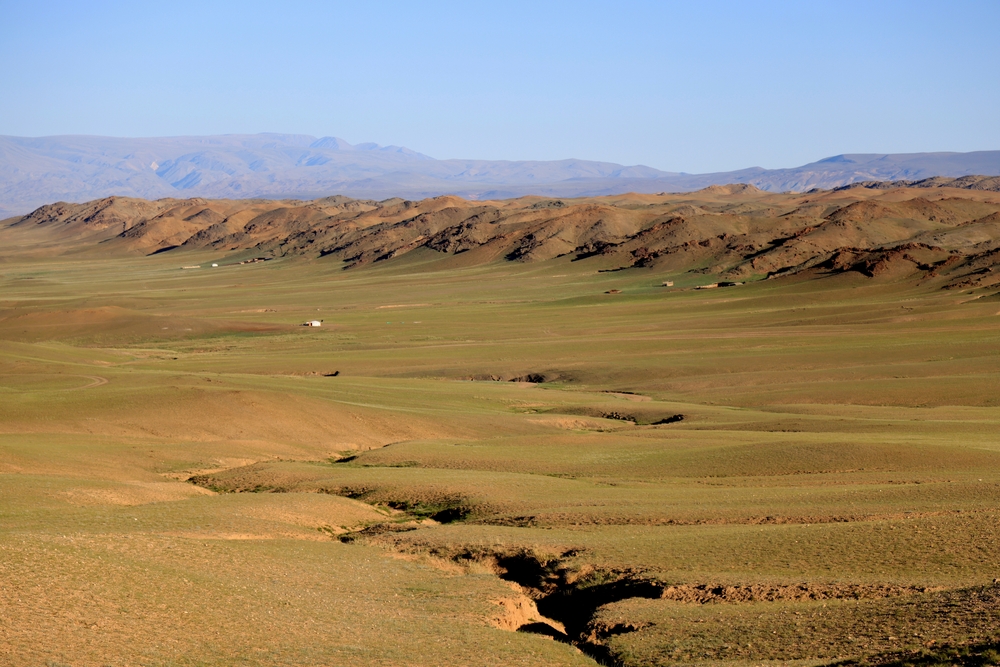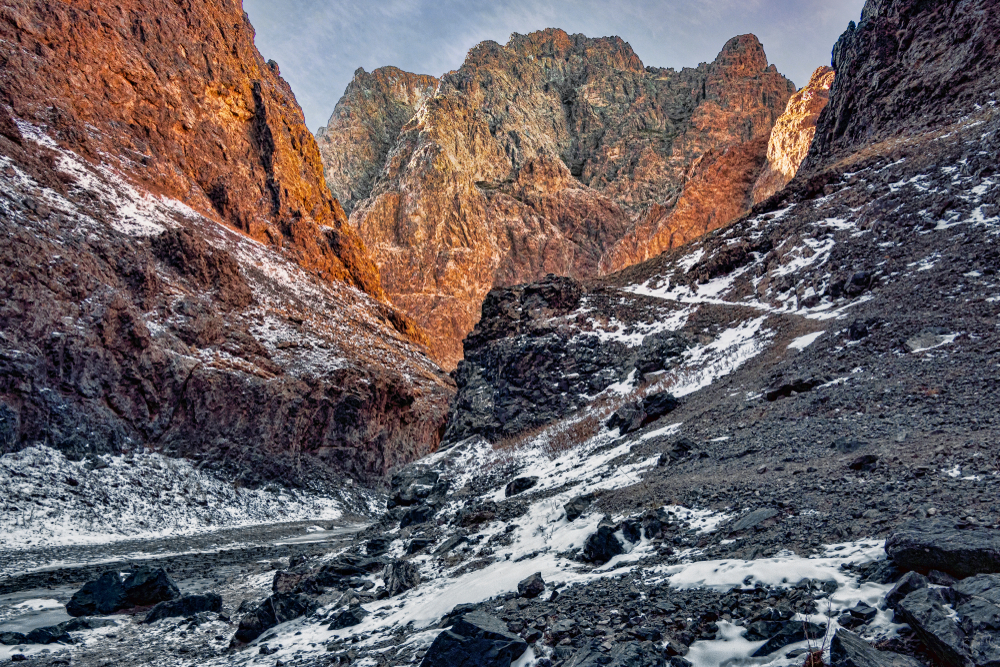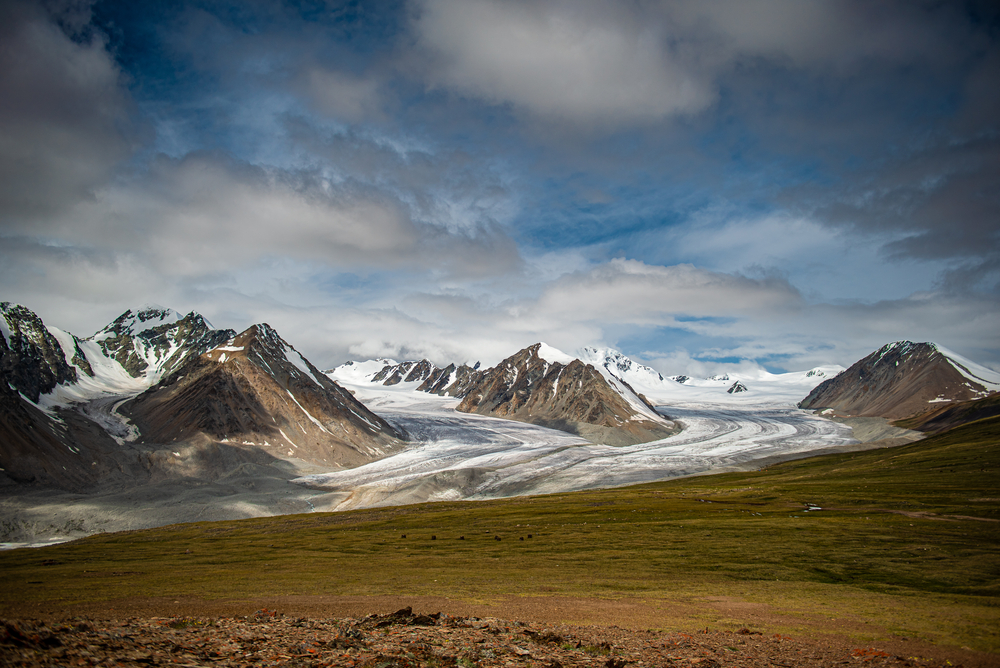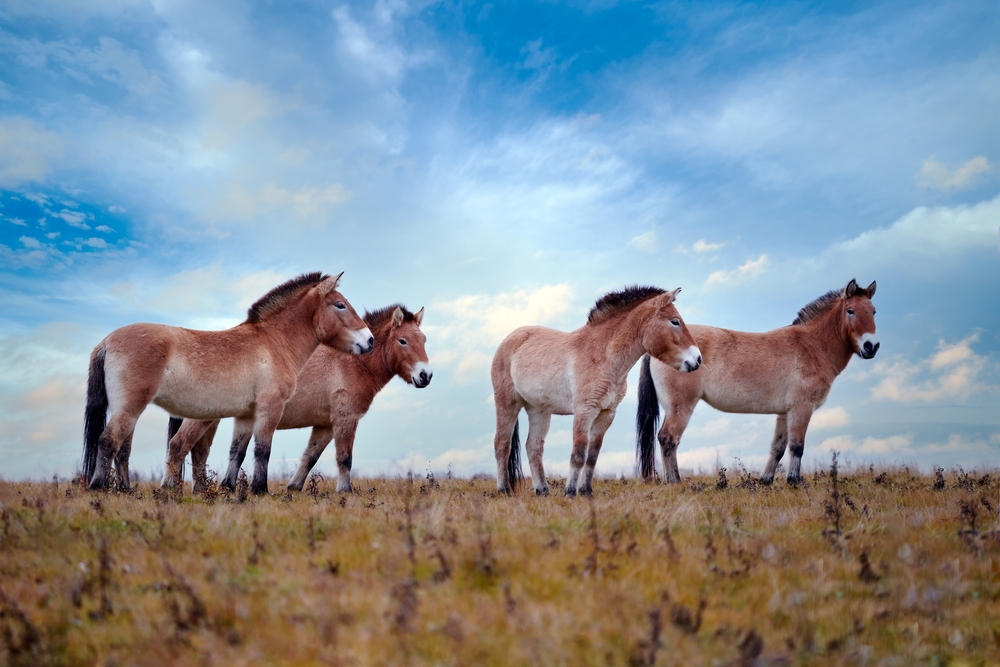Khangai Nuruu Overview
Khangai Nuruu National Park, known locally as Хангайн нурууны байгалийн цогцолборт газар, is a stunning expanse of natural beauty situated in central Mongolia. Spanning approximately 4,000 square miles (10,360 square kilometers), the park is part of the greater Khangai Mountain Range, which is one of Mongolia’s most important geographical and cultural regions.
The park’s location places it at the heart of Mongolia’s sweeping grasslands, interspersed with rugged mountain peaks, lush valleys, and tranquil alpine meadows. The terrain is diverse, ranging from rolling hills covered in green pastures to high-altitude peaks such as Otgontenger, the highest mountain in the Khangai range, revered as sacred in Mongolian tradition. Numerous rivers and streams carve through the park, including the Orkhon River, a UNESCO World Heritage Site, further enriching its diverse landscapes.
The park’s flora is a fascinating mix of grassland, forest, and alpine vegetation. Larch forests dominate many of the lower valleys, while wildflowers and grasses blanket the meadows, creating a vivid display of color in the summer months. The tree line gives way to rocky slopes and tundra at higher altitudes, creating a stark contrast to the verdant valleys below. This variety of vegetation supports an equally diverse array of wildlife, making Khangai Nuruu a haven for nature enthusiasts and wildlife observers.
Wildlife within the park is a testament to Mongolia’s rich biodiversity. Large mammals such as argali sheep, ibex, and Mongolian gazelles roam the rugged terrain, while wolves and the elusive snow leopard inhabit the more remote and mountainous areas. Bird enthusiasts will find the park equally captivating, with species such as the golden eagle, bearded vulture, and demoiselle crane frequently spotted. The rivers and wetlands support a variety of waterfowl, adding further diversity to the park’s avian population.
Visitors are drawn to Khangai Nuruu National Park for its pristine natural beauty and numerous opportunities for outdoor adventure. Hiking and trekking are among the most popular activities, with trails winding through the scenic valleys and leading to panoramic viewpoints atop the peaks. Horseback riding, an integral part of Mongolian culture, offers an authentic way to explore the expansive landscapes. The park is also a gateway to the Orkhon Valley Cultural Landscape, allowing visitors to delve into Mongolia’s rich cultural heritage while marveling at its natural wonders.
Despite its breathtaking beauty, Khangai Nuruu faces challenges in conservation. Overgrazing by livestock poses a threat to the fragile grasslands, while climate change impacts the region’s delicate ecosystems. However, successful collaborations between local communities and conservation organizations have fostered sustainable practices, including ecotourism initiatives and habitat restoration projects. These efforts aim to balance human use with the preservation of the park’s unique biodiversity and cultural significance.








































































